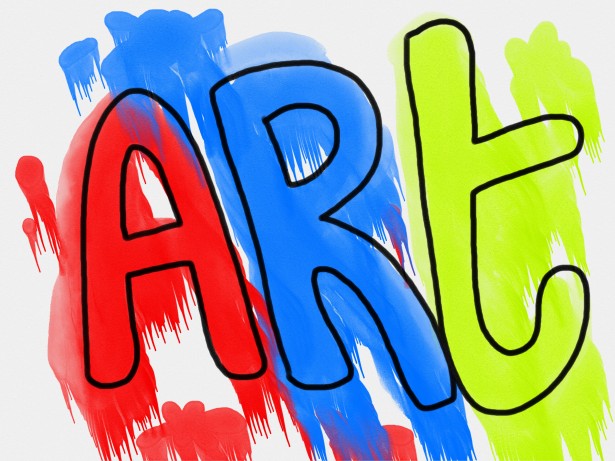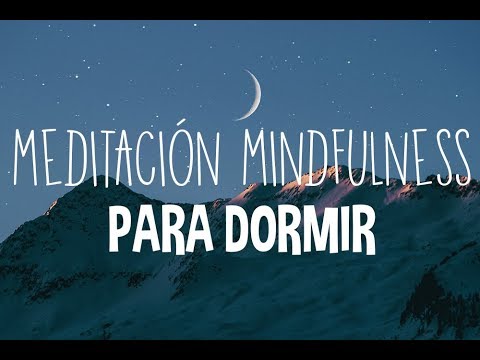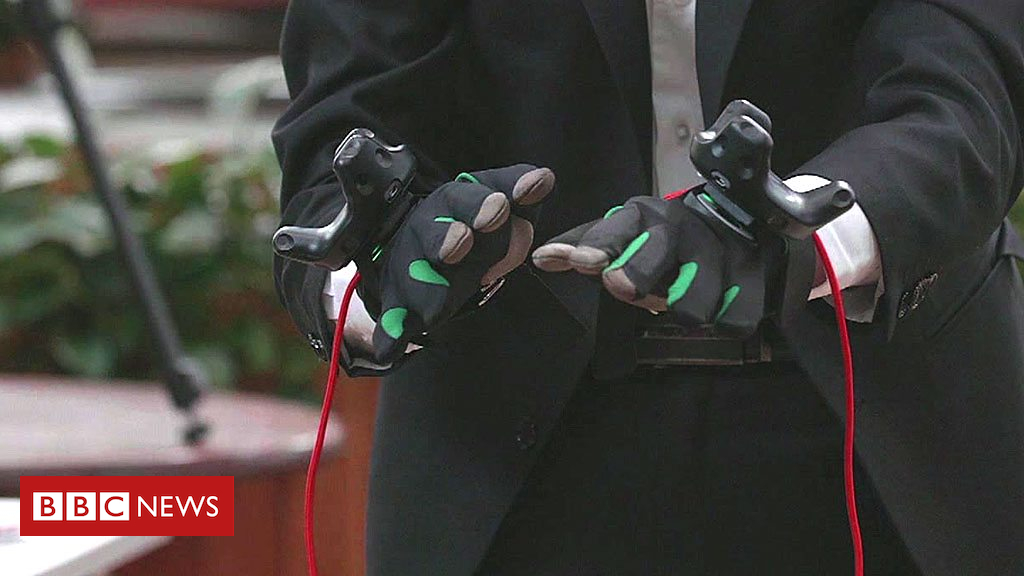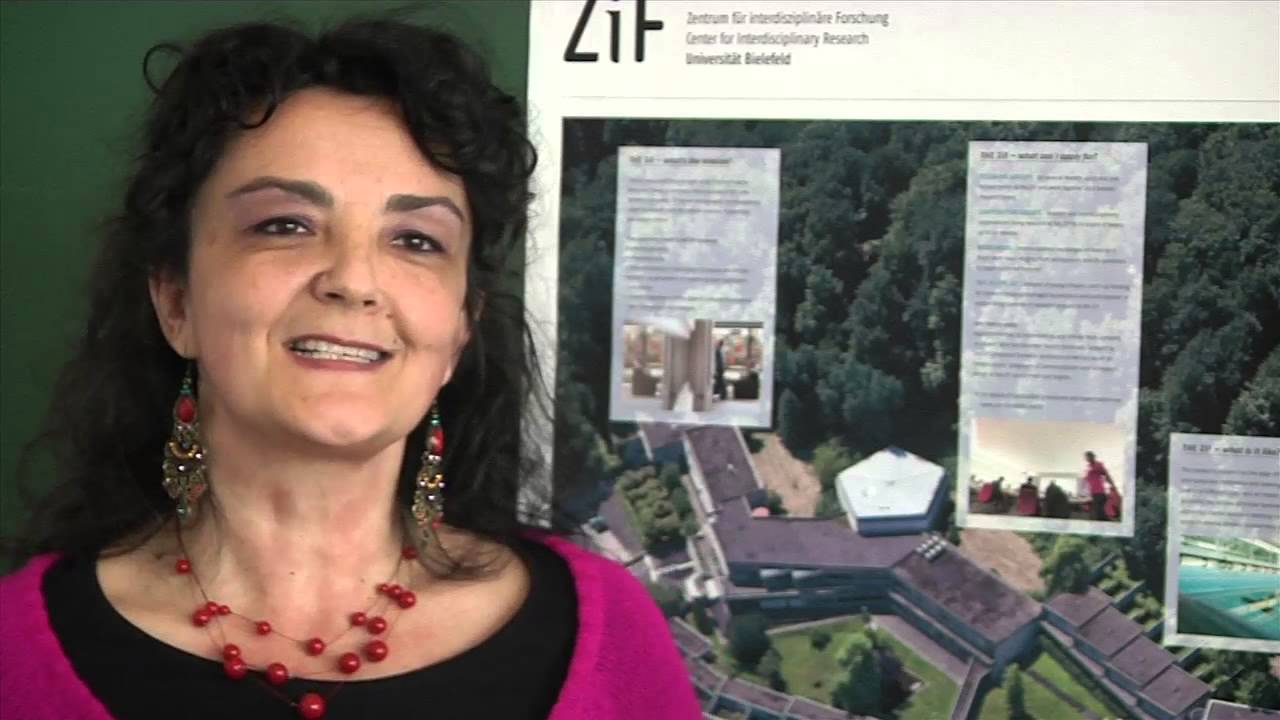TDF
China’s global reach and influence have made them a true global superpower, a status they are determined to widen ever further through the construction of a complex set of interconnections between Asia and all of Europe. This is one of the most ambitious infrastructure projects of the modern age. In the two-part documentary The New Silk Road, two journalists examine the intricacies of its construction, the Chinese interests that are likely to benefit most from it, and the citizens along the route who are bracing for its disastrous impact on their way of life.
In the first part of the documentary, the filmmakers travel from the bustling metropolis of Shenzhen, China to Pakistan. The idea of merging the East and West might sound idyllic and harmonious on the surface. But upon closer examination, the cracks begin to show. In Cambodia, residents speak of feeling like strangers in their own home. “The Chinese have taken over our city,” one confesses. Rents are increasing, and pushing out native citizens in favor of more affluent Chinese visitors. Crime is on the rise and the local authorities are stretched thin.
The film’s second segment follows the route from Kyrgyzstan in central Asia to West Germany’s Duisburg. The construction of new infrastructure represents a double edged sword for many. In spite of the Chinese investments, the cities that dot this route are suffering mounting debt and environmental issues as a result of these intrusive elements. Questions emerge as to the true intention of the Chinese in constructing these passages. Are they truly aimed at opening trade and other opportunities between neighboring nations? Or are there possibly more nefarious motives at play involving military domination? Suspicions abound, but none feel empowered enough to slow the forward thrust of “progress”.
By land and sea, the filmmakers behind The New Silk Road travel thousands of miles to uncover the truth behind the facade. Along the way, they visit a number of sites that still harbor echoes of the ancient Silk Road network, and encounter everyday citizens who are caught between the promise of revitalization and the potential for despair.




